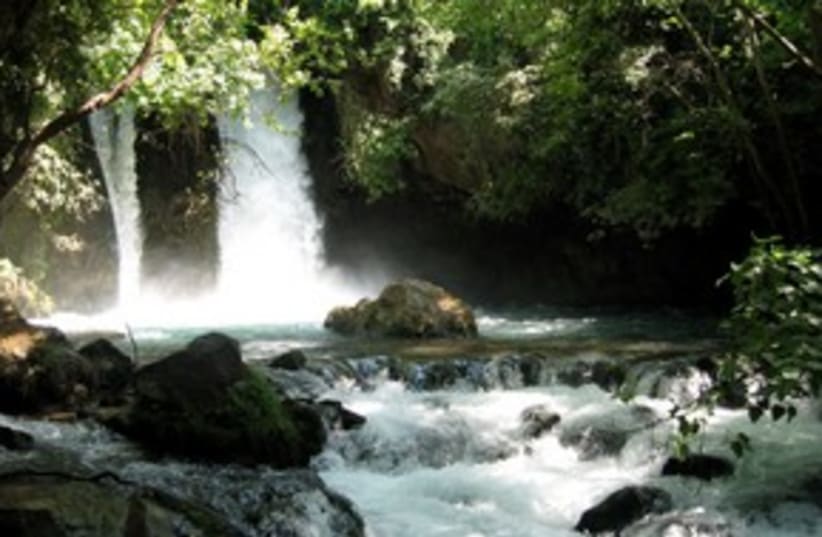All Your breakers and Your waves have rolled over me. . . .
As a shattering of my bones, my adversaries revile me,
While they say to me all day long, “Where is your God?”
Why are you in despair, O my soul?
And why have you become disturbed within me?
Hope in God, for I shall yet praise Him,
The help of my countenance and my God. —Psalm 42:7, 10-11 How to Get There: Take Route 90 north toward Kiryat Shmona and turn east on Route 99. Keep right at the Si’on Junction and watch for signs to both the Banias Spring (Caesarea Philippi) and the Banias Waterfalls—two locations in close proximity. Nimrod’s Fortress will be on the nearby slopes of Mount Hermon.What to Do There: Certainly see the cave from which the headwaters of the Jordan seep. Look at the nearby niches and try to imagine the idol worship that occurred there. Sitting on a shaded bench, read Matthew 16:16-28. If you’re feeling up to it, take the trail from the parking lot and hike up to Nimrod’s Fortress, where you will be rewarded with a stunning view of the surrounding area. (Or you could drive up there.) For sure, take the short drive to the Banias Falls and hike down to the river and the marvelous waterfalls. While you’re there, read Psalm 42, as it likely was written of these falls.Read Wayne’s blog at www.waynestiles.com.
